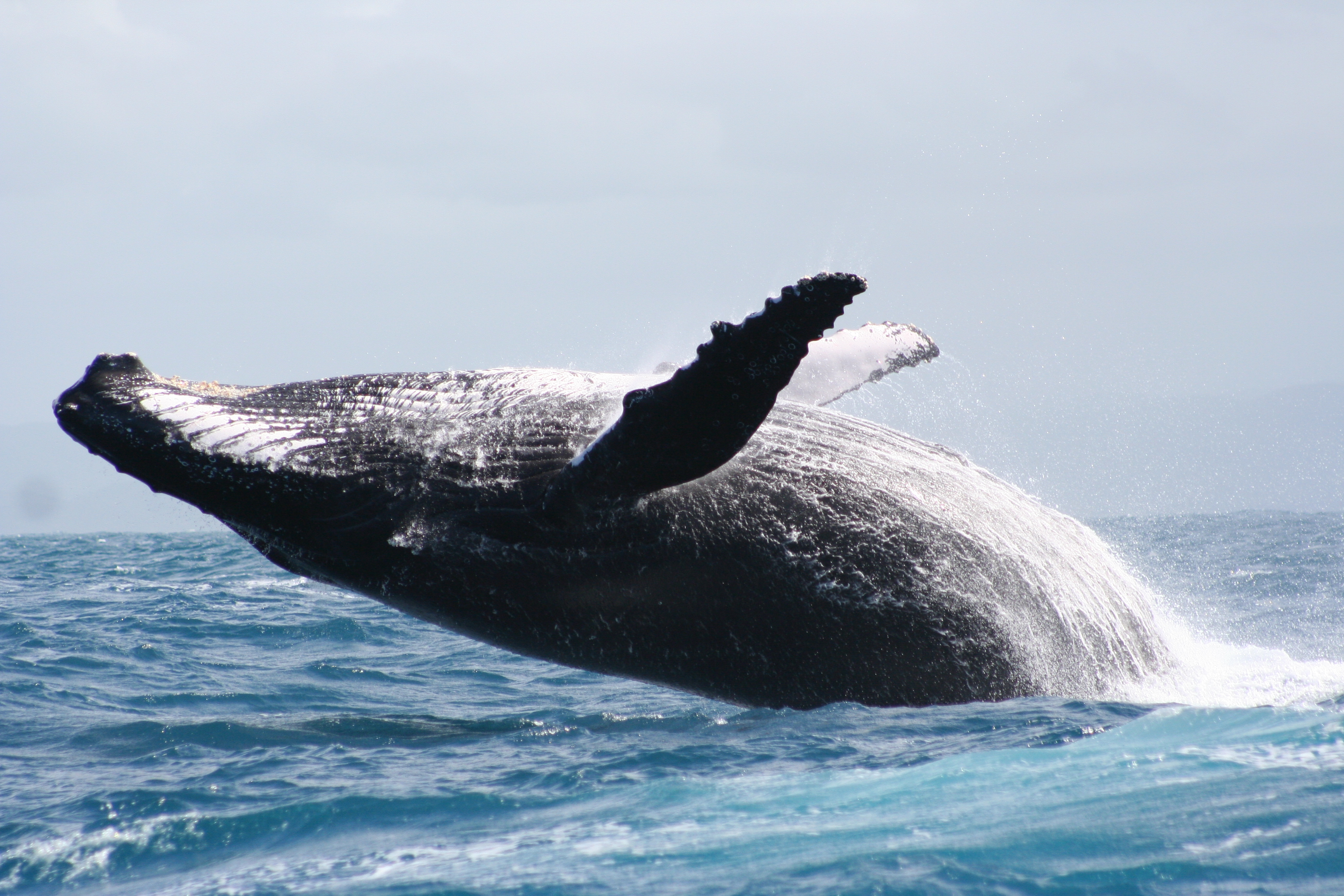- Threatened species conservation
- Bénéficiaire RENATURA
- Montant du projet 213 214€
- Subventions FFEM 75 000€
-
État du projet en cours
The project is located in the coastal part of its Exclusive Economic Zone of the Republic of Congo (less than 6 nautical miles) and extends over the entire coastline outside the Conkouati-Douli National Park (PNCD), i.e. 110 of the 170 km of coastline. The area covered by the activities therefore represents approximately 1,220 km2. The Congolese coast has been included in one of the priority conservation areas identified by the European Union: CAF04. Located in the Gulf of Guinea, this area borders the large marine ecosystems of Guinea and Benguela, which give it highly productive coastal and offshore waters, home to significant populations of marine mammals, sea turtles and large quantities of pelagic fish and demersals.
Knowledge of the Congolese marine environment is still poorly developed, for several reasons: the physical constraints linked to the ocean quickly make studies or inventories complex (and expensive). However, the lack of data on the marine environment slows down awareness of its richness but also of its degradation and therefore of the urgency of intervening.
In Congo, 15 species of marine fauna are included on the list of animals fully protected by law. Their capture, possession or slaughter is therefore completely prohibited and measures to mitigate their threats must be taken. To date, apart from the sea turtles for which Renatura has been working for 15 years, the other species are poorly known, little studied and, consequently, do not benefit from adequate protection measures. However, “to protect, you have to know. “. The project therefore proposes to meet this need: 1/ by providing the first elements of understanding on the ecology of these emblematic animals of the oceans but also on the threats that weigh on them; 2/ by making the general public aware of the preservation of these species and their habitat, in particular through citizen actions and 3/ by increasing the interest of political decision-makers in these conservation issues.
